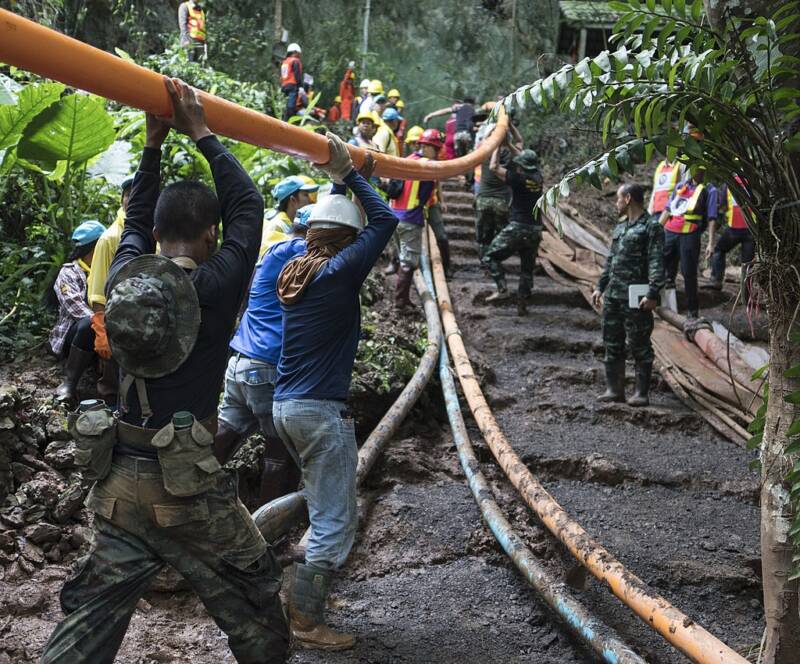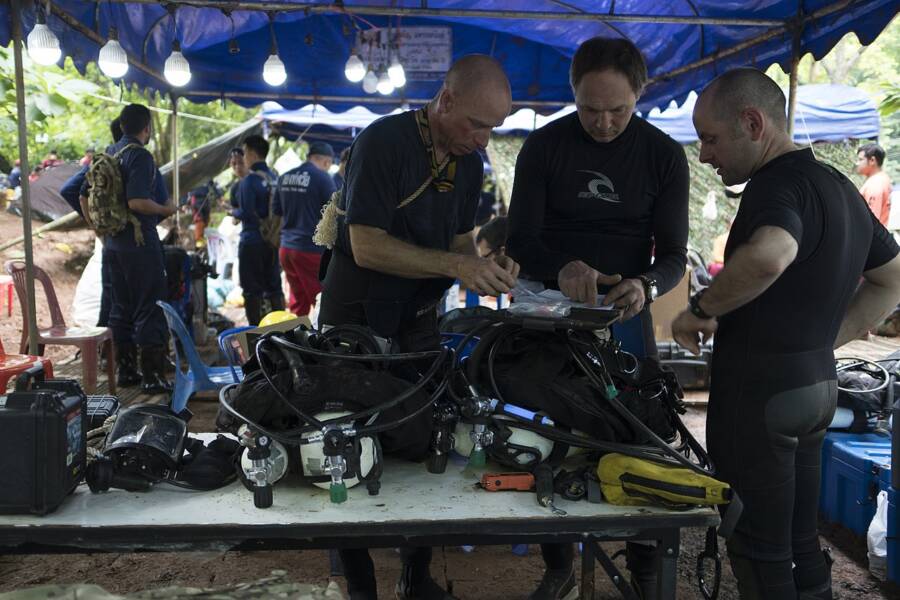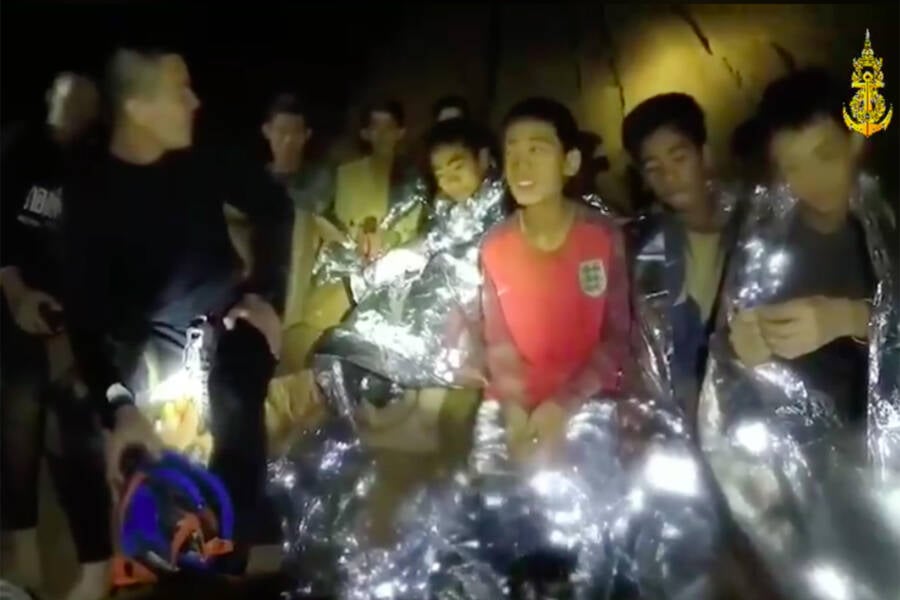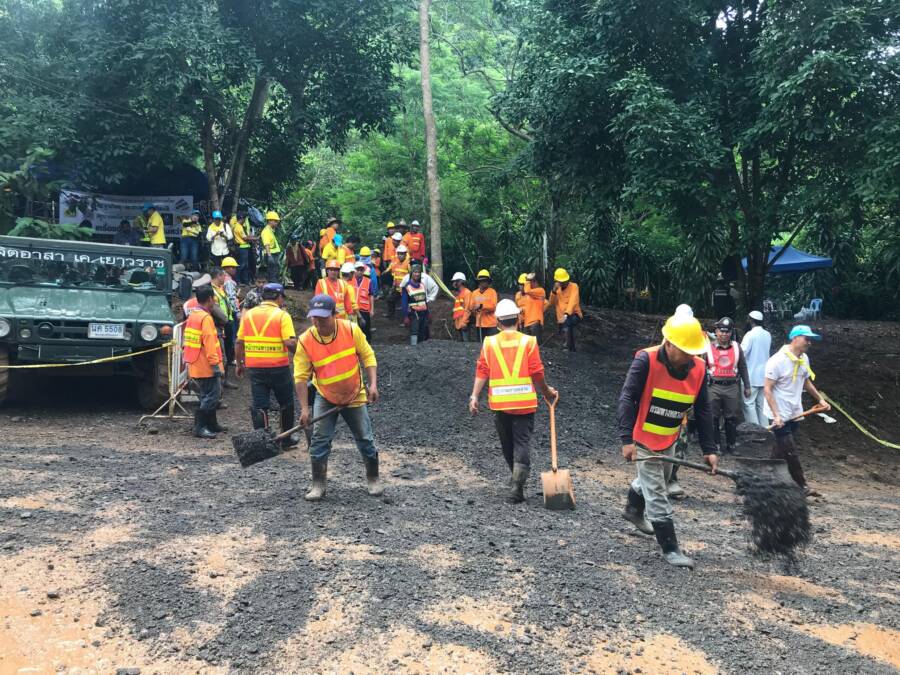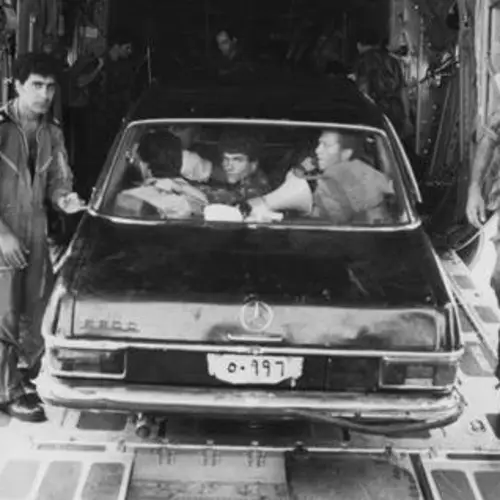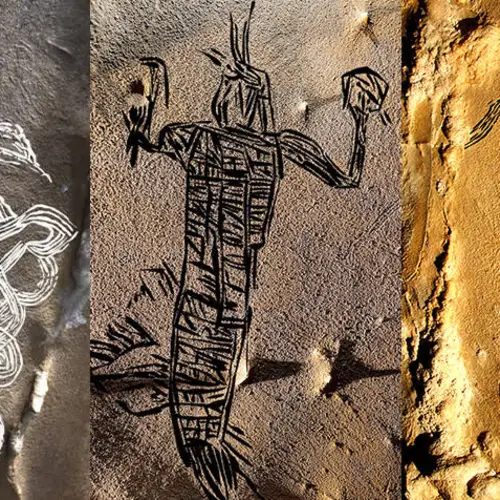For 18 days, the world watched as a team of 10,000 rescuers worked to free 12 young boys and their soccer coach from Tham Luang cave in Thailand.
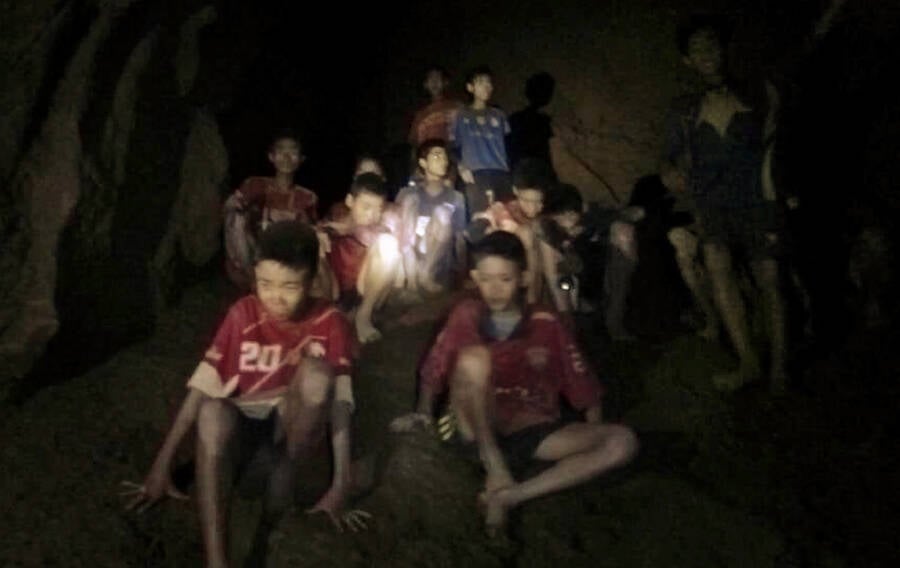
Royal Thai NavyOne of the most memorable images from the 2018 Thai cave rescue was a still from a grainy video that showed the soccer team shortly after they were found alive by rescue divers.
On June 23, 2018, a group of 12 boys from the Wild Boars soccer team and their coach entered Tham Luang Nang Non cave in northern Thailand. It was meant to be a quick adventure after practice, but after a sudden downpour, the cave entrance flooded, trapping them inside.
A rescue operation involving the Royal Thai Navy SEALs and international cave divers faced challenging conditions, including murky waters, tight passageways, and limited visibility. After nine days, on July 2nd, rescue divers finally located all 12 boys and their coach, alive but stranded about 2.5 miles inside Tham Luang Nang Non cave (often shortened to Tham Luang cave).
Using innovative techniques, the rescue team managed to bring all of the young soccer players and their coach safely out of the cave, marking one of the greatest and most daring rescue operations in modern history.
The Wild Boars Enter Tham Luang Cave

Wikimedia Commons/CC BY-SA 3.0Doi Nang Non, also known as the “Mountain of the Sleeping Lady,” due to its resemblance to a woman lying on her back.
It was June 23, 2018, and a youth soccer team called the Wild Boars had finished their practice near the Thailand-Myanmar border. Twelve of the boys on the team, aged 11 to 17, and one coach, 25-year-old Ekkaphon Kanthawong, decided to explore the nearby Tham Luang cave.
The limestone cave system, which extends into the Doi Nang Non mountains, is roughly 6.2 miles long and features many tight passages, deep recesses, and other dangerous regions. Between July and October, the cave is also prone to flooding due to the monsoon season.
Still, the team figured a visit in late June would still be safe. So they rode to the cave on their bikes for a fun adventure, in part to celebrate the birthday of one teammate, 17-year-old Peerapat “Night” Sompiangjai.
However, when the team members did not return home that day and a sudden downpour began, their families feared the worst.

Neil Bussey/Alamy Stock PhotoThe Tham Luang cave, where the soccer team went missing. One of the largest cave systems in Thailand, Tham Luang’s large size and long passageways have led to explorers getting lost or even trapped.
Family members soon called Nopparat Kanthawong, another coach of the Wild Boars, who was not able to attend practice that day.
Kanthawong contacted the team’s members one by one until he reached Songpol Kanthawong, a 13-year-old team member who did not enter Tham Luang cave. The boy told the coach that most of the team members went to the cave after practice. In a panic, the coach rushed to the cave and found the team’s bikes and other belongings still lined up at the entrance railing. Even worse, he saw a steady slosh of water flooding the cave entrance.
Authorities were alerted, and they quickly descended on the scene. But they soon realized the problem went way beyond the capabilities of local police.
Rescuers Arrive To Look For The Soccer Team
Soon after the soccer team went missing, British cave diver Vernon Unsworth received a call from Thai authorities. Unsworth, who lived in Thailand, had spent years exploring the Tham Luang cave system and was considered an expert on it. He told officials they needed to call experienced rescue cave divers, such as the British Cave Rescue Council (BCRC).
On June 25th, Royal Thai Navy SEALs arrived at the cave — kickstarting the massive rescue operation. While the SEALs were experienced divers, none of them had extensive cave diving experience specifically. The steady flow of water into the cave and its murky, near-zero visibility conditions made the cave system an even more difficult challenge for the rescue team.
Two days later, divers from the BCRC arrived at Tham Luang cave and were soon followed by other experienced rescue divers from all over the world. Eventually, the team of rescuers would total 10,000 — including 2,000 soldiers, 200 divers, and representatives from 100 different government agencies. While the divers explored the cave to figure out the best way inside, other rescue crews gathered outside to help in other ways.
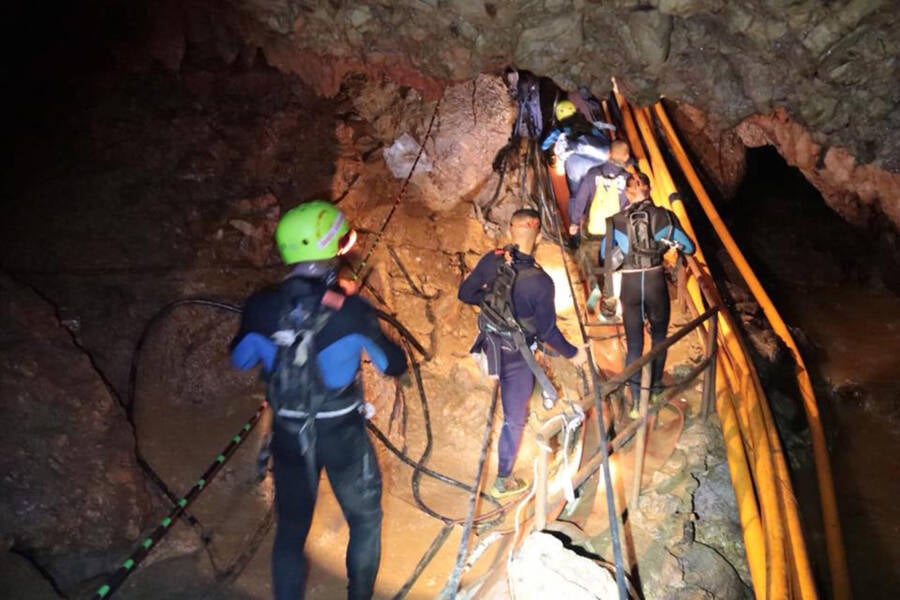
UPI/Alamy Stock PhotoMembers of the Royal Thai Navy and international volunteer rescuers preparing to enter the cave.
Thousands of pipes were brought to the cave to pump out water to make the operation easier for divers and to keep the water levels as low as possible. The efforts required some locals to agree to the flooding of their rice fields, their primary source of income. Many agreed without hesitation, and some didn't even accept compensation from the government afterward.
Both Thailand and the United States instructed members of their militaries to clear areas outside of the cave for helicopter landings. Some troops also flew drones to search for any alternative routes in and out of the cave.
Meanwhile, inside the cave, divers battled strong currents and dangerous conditions without discovering any sign of the soccer team. The search was paused several times due to perilous weather conditions, but on July 2nd, divers finally made the discovery everyone had been waiting for.
About 2.5 miles inside of the cave, all 12 boys and their coach were found alive on a rock shelf in the darkness. British divers Rick Stanton and John Volanthen documented the exciting discovery on their diving cameras.
Devising The Best Way To Carry Out The Thai Cave Rescue
While the footage of the discovered boys sparked a new wave of hope for and dedication to the Thai cave rescue mission, it also brought new challenges. When Stanton and Volanthen first discovered the team, one of the first questions the team asked was if they could have food. It was clear that they had nothing to eat inside the cave for several days.
Another issue was the language barrier between the rescuers and the soccer team. Luckily, one of the boys, 14-year-old Adul Sam-on, happened to be fluent in English, which allowed for him to act as an interpreter for the British divers and get crucial messages across from his teammates.

Wikimedia Commons/CC BY-SA 4.0John Volanthen, one of the two divers who first discovered the soccer team.
Before long, divers brought the starving boys food that was doctor-approved and easy to digest. They also administered medical treatment as needed. Amazingly, all 12 boys and their coach were found to be in relatively good health, thanks to survival techniques like licking water off of the cave walls and doing their best to conserve their energy despite their fear.
In order to support operations inside the cave and keep the team safe, three SEALs and a doctor stayed with the team for the rest of the rescue mission.
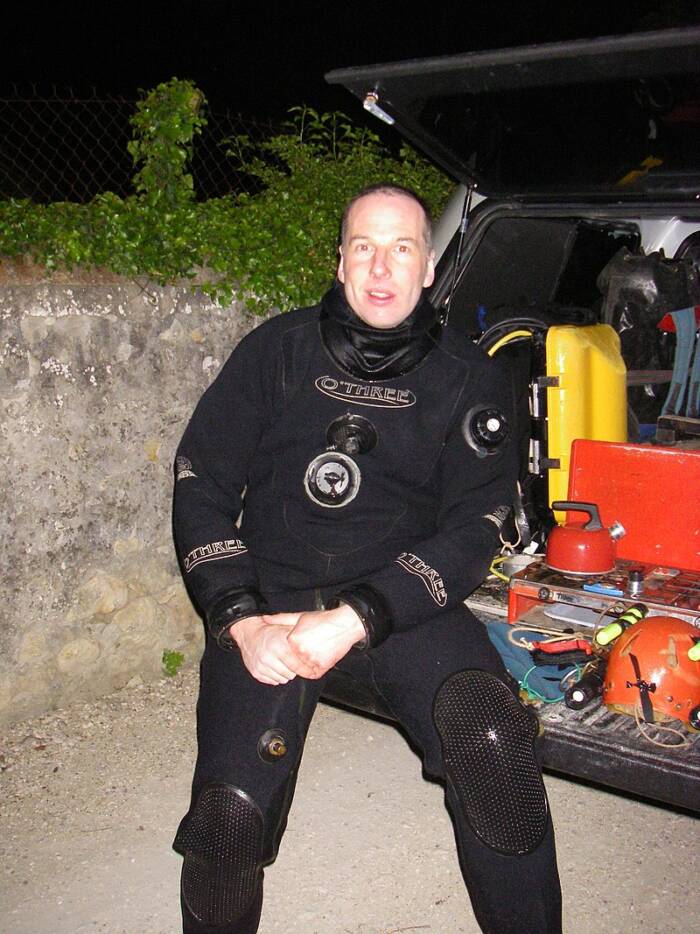
Wikimedia Commons/CC BY-SA 4.0Diver Rick Stanton, who played a key role in the Thai cave rescue.
While rescue divers carried supplies to the soccer team, other divers strategically laid out spare air tanks along their newfound route inside the cave, leading up to where the boys and their coach were trapped.
Tragically, one former Royal Thai Navy SEAL, Saman Kunan, was positioning air tanks in the cave on July 5th before he lost consciousness on the way out of the cave due to lack of oxygen. Despite being administered CPR, Kunan was unresponsive and was soon pronounced dead.
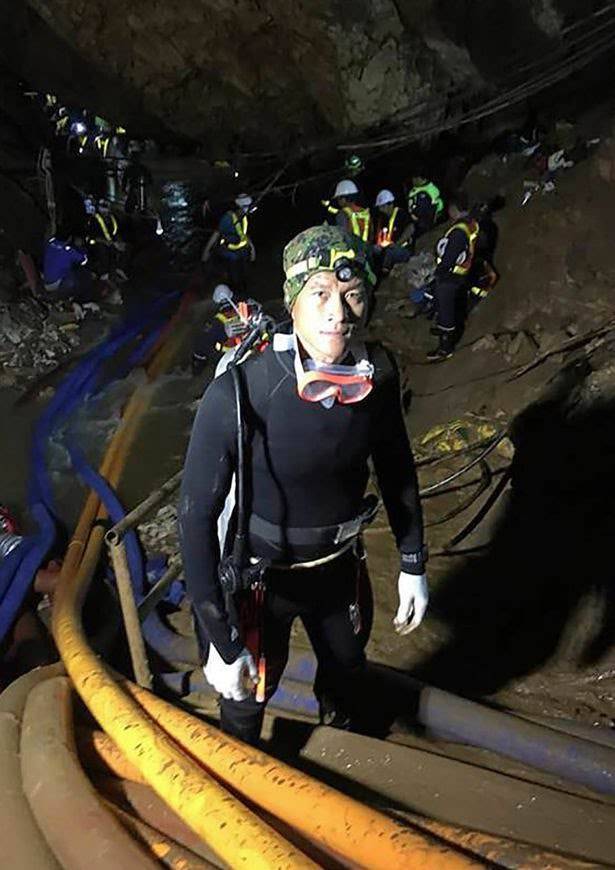
Poom Pui/Facebook The last photo of Saman Kunan, the former Royal Thai Navy SEAL who died during the Thai cave rescue.
The loss of a heroic volunteer was hard for the rescue team to bear. However, they had no choice but to continue to focus on the mission at hand. The biggest challenge was figuring out a way to get the team out of the cave safely. The rescue crew proposed a number of options:
1. Wait until the end of the monsoon season, with divers routinely providing food and water to the team
2. Find another entrance to the cave
3. Drill into the cave to create a new entrance
4. Teach the group how to dive
For the first option, the team grappled with the scale of an operation spanning months until the end of the rainy season. The risks were simply too high and the variables too uncontrolled, so they decided against it.
From the beginning of the rescue mission, rescue teams had been searching for alternative entrances to the cave. Also, some crews had started drilling a shaft into the cave, but no suitable location was found that would allow the rescue team to get close enough to the boys so they could safely escape.
Finally, while teaching the boys to dive was possible, it was incredibly risky. First, some of the boys did not even know how to swim. Second, even experienced divers can struggle with the dangers of cave diving.
Navigating tight spaces underwater with near-zero visibility has caused some of the world's best divers to panic, putting themselves and their fellow divers at risk. The rescue team worried that the boys might not make it out of the cave alive if they were forced to dive out themselves.
Considering the risks, authorities decided that the rescue divers would personally guide the boys out one by one — while the boys were sedated.
The Thai Cave Rescue That Defied All Odds
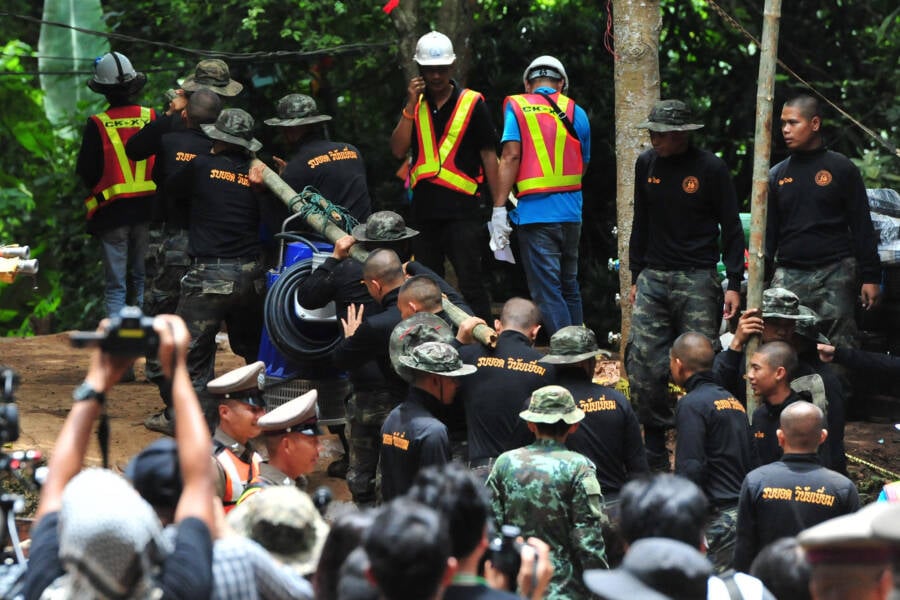
Xinhua/Alamy Stock PhotoRescuers carrying a water pump into the flooded Tham Luang cave to help save the trapped soccer team.
On July 8th, Thai authorities ordered the cave entrance to be cleared of all non-essential personnel. The world held its breath as ambulances and helicopters arrived at the site, prepared for an imminent rescue.
A total of 18 divers — 13 international volunteers and 5 Royal Thai Navy SEALs — entered the cave and made their way to the boys. Inside, the boys decided that those who lived the furthest away would leave the cave first.
To sedate the boys, the rescue divers used a mixture of ketamine, Xanax, and atropine so they would be knocked out for the journey out of the cave. Each one was fitted with a face mask and a wetsuit as a diver guided them out on a rescue stretcher. Not only was it challenging for the divers to maneuver the boys through the narrow passageways, but they also had to periodically check to make sure the boys were still breathing throughout.
"My immediate response [to being asked to sedate the boys] was, 'Absolutely not! I can't think of a more certain way to sentence those kids to death than give them an anesthetic and then try and bring them out under water 2.5 kilometers,'" Dr. Richard Harris, an Australian anesthetist and cave diver who played a key role in the mission, later told the Association of Anaesthetists.
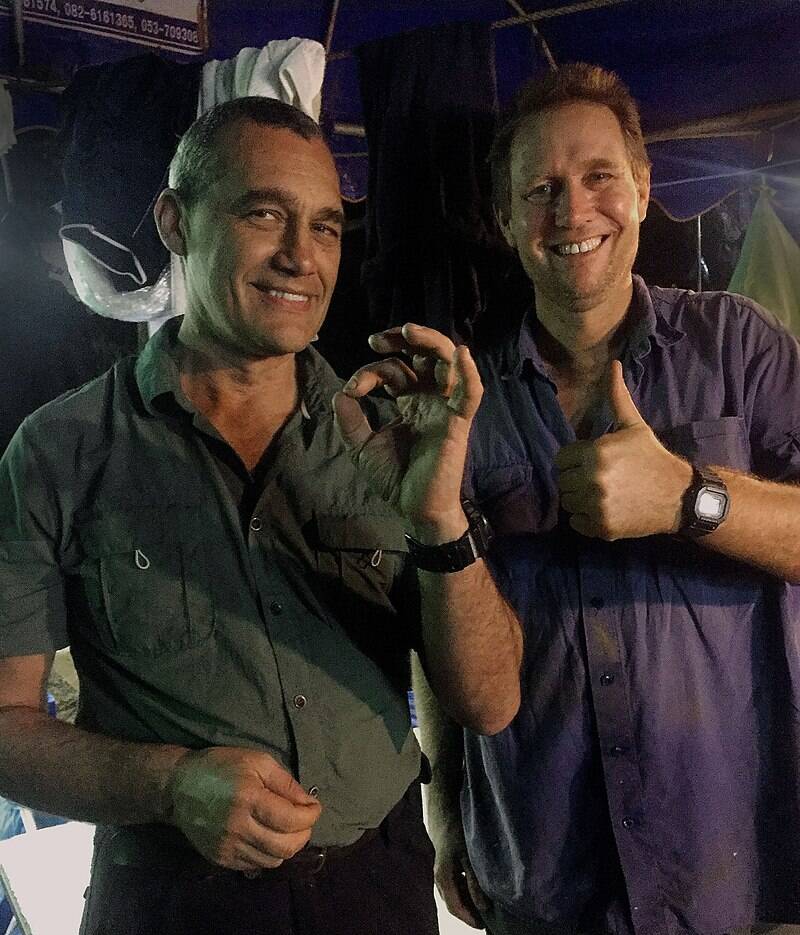
Wikimedia Commons/CC BY 4.0Richard Harris and Craig Challen, a rescue diver and former veterinary surgeon who helped him administer sedatives.
But with no other option, sedation was the rescue crew's best opportunity to save the soccer team. Since the boys were unconscious, the divers had to routinely stop to perform medical checks. They also had to avoid any movements that would dislodge the boys' equipment. Sometimes, the only signs that the boys were still alive underwater were air bubbles.
Still, between July 8th and July 10th, this complicated process was repeated for each of the boys and their coach until all 13 were extracted from the cave. Meanwhile, ambulances stood by to take them to the hospital.
The rescue was bold, daring, and improbable — but it was a success.
After spending about 18 days trapped in the cave, the soccer team was finally free. The boys and their coach all successfully recovered in the hospital, and many of the team members were happy to share their stories with captivated audiences around the world, expressing gratitude for all the people who gave their time, effort, and even lives to rescue them.
After reading about the 2018 Thai cave rescue, dive into the story of Hang Son Doong in Vietnam, the world's largest cave. Then, read another inspiring rescue story, this time about the heroic dogs of 9/11.
